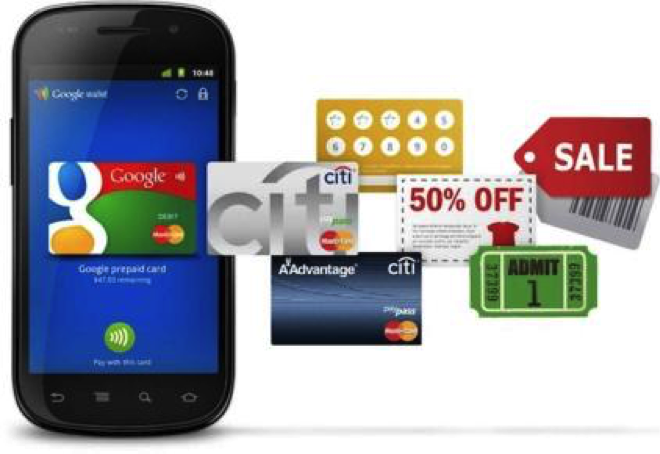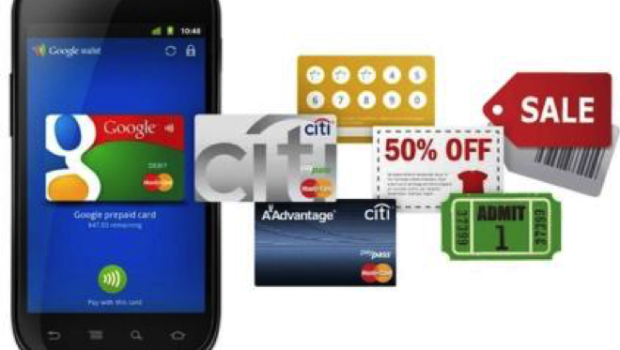Mobile Payments vs. Credit Cards
With the evolution in technology, man is stepping towards the easier, the safer and the better. Similarly evolved is a new method of payments and transactions known as Mobile Payment that envisages the payments and other financial exchange on your phone. Presently, the most adopted payment method that is safe and fast, is the use of credit cards and mobile payments. Let’s have a look at these two in comparison to each other considering their attributes.
The More Convenient, the Better
Mobile payments are more convenient than credit cards in the following ways:
- With the use of mobile payment, there will be one less accessory to carry with you everywhere; there will practically be no need to have your wallets with you for the cash and credit cards as these mobile payments can be linked to the card accounts.
- Mobile Payment is much more flexible – not only is the card accounts linked to the mobiles, payments can also be made using online payment apps that allow customers to pay directly from their bank accounts. Apart from the general credit and debit cards, it is much easier to pay using a mobile if a merchant accepts payments on the customer’s cards. This kind of optimization is not possible using credit cards.
- Mobile Payments are way too fast. Just by a tap on a mobile device, payment can be made in about 30 seconds without any trouble. This kind of convenience is very beneficial for the fast payments like rapid transit, etc.
Cost Analysis
For the cost analysis of both the payment methods, let us categorize the kinds of costs involved:
- Installation Cost
Mobile Payments require a technology update in mobile phones. For using the NFC technology, for example, there are very few mobile phones available in market that are equipped with it. So the consumers will have to switch to such phones for utilizing this technology.
In case of other technologies like 2D Barcode and WAP, the cost will depend on the kind of smart phone the consumer already has.
- Ongoing Cost
This cost in case of mobile payments includes the subscription fee to the network provider. But this increase in cost will be negligible as compared to the subscription fee of other services.
Another way mobile payments cost the consumers on regular basis will be the fee that is charged by the bank or the merchants for the payment instrument. For example, a very little percentage of the purchase cost will be charged in addition, for paying using your mobiles. This fee will still be compensated with the fee charged by the banks for having a credit card.
Hence, there will not be much difference in terms of ongoing cost in these two payment methods.

Photo credit: popsci.com
Secure Transactions
Let’s now have a look at the kinds of security measures provided by mobile payments; that are much better than credit cards.
- The authentication methods for credit cards at the time of transaction are based on the static data – the card number, its expiry date, PIN code, signature, etc. This kind of data, if leaked out can breach the security of financial transactions. In mobile payments, a chip embedded to a mobile can enable authentication that is based on dynamic data. The dynamic authentication can be unique to every transaction.
- The password protection available in mobile phones can also help to reduce the fraudulent transactions, which provide an extra layer of protection for the user.
- Facial recognition, with the advance in technology, is also a protection that can guarantee security at a high level.















